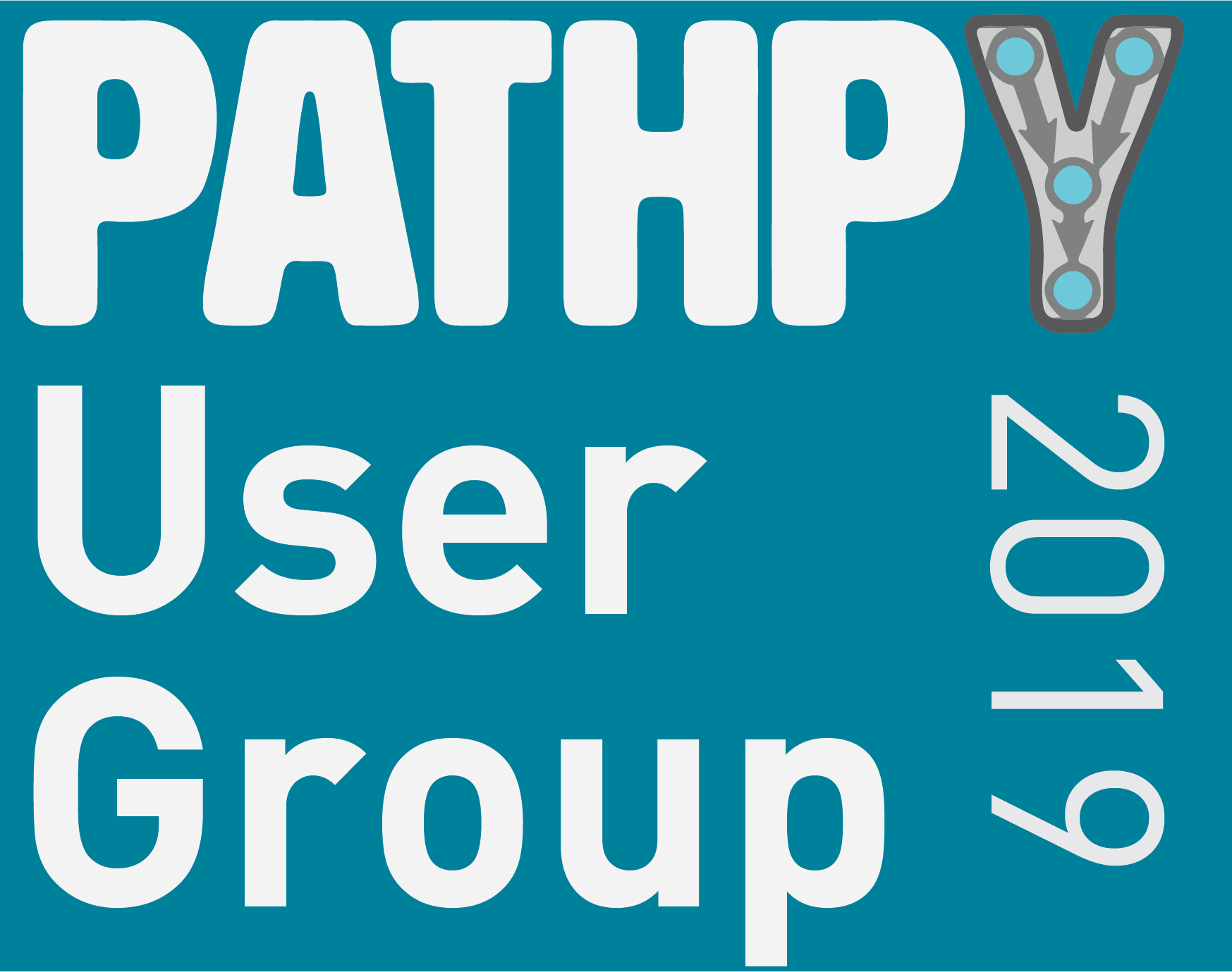|
At the first meeting of the users of the temporal network and path analysis library Pathpy, aka Pathpy User Group, users of the software have been shown several new and upcoming features of the software.
|
||
| Team | ► ◄ |
Dissertations
People
Former Collaborators
| Research | ► ◄ |
Temporal networks
Multi-layered networks
Models of systemic risk
Biological systems
Software engineering
Online Social Networks
Animal groups
Socio-technical systems
Social Software Engineering
Opinion dynamics
Emotional influence
Outbreak of cooperation
R&D networks
Financial networks
Ownership networks
Response in Media
| Projects | ► ◄ |
SNSF: 127 years of Swiss Parliament
SDSC: Democracy Studies
ET SP-RC: Systemic Risk for Privacy in Online Interaction
SERI: Information Spaces
MTEC: Interaction patterns
SNSF: Emotional Interactions
ETH SP-RC: Performance and resilience of collaboration networks
EU COST: KNOWeSCAPE - Information Landscapes
ETH: Systemic Risks, Systemic Solutions
EU: Multilevel Complex Networks
SNSF: Payoffs of Networks
SNSF ISJRP: Trust-based search in P2P Networks
EU: Forecasting Financial Crises
SNSF: OTC Derivatives
SNSF: R&D Network Life Cycles
SNSF: Social Interactions and Architecture in OSS
EU: Cyberemotions
ETH: CCSS - Coping with Crises
SERI: Agents Competing for Centrality
Projects finished before 2012
| Publications |
| Teaching | ► ◄ |
Social Data Science
Systems Dynamics and Complexity
Agent-Based Modelling of Social Systems
Complex Networks
Theses
| Services | ► ◄ |
Scientific Journals
Downloads
| Activities&Events | ► ◄ |
Talks
SG Seminars 2015-
SG Seminars 2005-2014
Workshops
Introduction to multi-edge network inference in R using the ghypernet-package
Symposium Economic Networks
Symposium Networks, Time and Causality
Second Symposium Computational Social Science
Symposium Computational Social Science
10 Years Anniversary
European Symposium on Societal Challenges in Computational Social Science
| ETH Risk Center | ► ◄ |
ETH Risk Center Working Paper Series
CCSS Working Paper Series
| Open positions | ► ◄ |
| Contact us |
|
At the first meeting of the users of the temporal network and path analysis library Pathpy, aka Pathpy User Group, users of the software have been shown several new and upcoming features of the software.
|
||
